Rwandan Food: Basic Overview
Common Ingredients
Common Cooking Methods
Courses
Meals
Key Taste
Eating Etiquette
Meal Presentation
Culinary Festivals
Influence and Fusion
Popular Types of Rwandan Food
-
Grilled and Barbecued Dishes
Akabenz, barbecued pork covered with lime, is a notable grilled dish in Rwanda, particularly popular in urban areas like the Remara neighborhood.
-
Porridge
Ugali, a corn and cassava porridge, is a staple in Rwandan cuisine, often eaten with sauce or other dishes.
-
Stews
Stews are enjoyed across the country.
Some are made from exotic components, like cassava leaves in isombe stew.
In the heart of East Africa, Rwandan dishes showcase the richness of culture, history, and agricultural tradition.
Beyond the famed gorilla treks and the scenic beauty of its thousand hills, Rwandan cuisine relies heavily on local ingredients cultivated through subsistence-level farming.
The staple foods in this country are bananas, plantains, beans, corn, peas, millet, cassava (manioc), pulses, and sweet potatoes. In rural areas, dishes predominantly feature these plant-based ingredients, with animal protein being a rarer addition.
The proximity to lakes also introduces fish, particularly tilapia, into the diet of those living near such bodies of water.
The culinary landscape of Rwanda offers different kinds of dishes, ranging from traditional to exotic ones. Some examples are isombe, a dish made from cassava leaves, and ugali, a thick porridge.
With a mix of indigenous flavors with influences from neighboring countries and historical occupations in Germany and Belgium, Rwandan dishes are both diverse and surprising. Here, there are 14 famous dishes in Rwanda that are worth discovering.
Rwandan dishes mix indigenous flavors with influences from neighboring countries and historical occupations, which led to the integration of some Belgian dishes and cooking elements into local cuisine. Here, 14 famous dishes in Rwanda are worth discovering.
In case you wonder how different urban and rural food is in this East African nation, don’t miss this section below. Finally, I’ll also suggest some drinks to go with these dishes.
14 Popular Rwandan Dishes with Filters
There are many exciting things about Rwandan delicacies that are waiting for you to explore. Embark with me on a flavorful trip and explore 14 of the most common dishes that define Rwanda’s cuisine.
You can use the filters based on ingredients, taste preferences, types of cooking, categories of dishes, meal courses, etc., to search for your desired dish quicker.
Also, immerse yourself in the overview of the five categories below, including traditional, national, street food, and exotic delicacies.
Rwanda’s national dishes offer the essence of the nation’s heritage and culture, deeply interwoven with Rwanda’s history and identity.
These dishes reflect locals’ preference for fresh, simple ingredients prepared in traditional ways.
Brochettes
- Street Food
- Traditional
Brochette is one of Rwanda’s national dishes. It is a common choice of people in the Francophone region. You can also find it in the cuisine of Gabon and other African countries.
French colonialists brought these excellent grilled skewers to Rwanda, but locals have created their own versions.
This is a very popular street food in Rwanda, often made from goat, but also chicken, beef, or fish. Onions and vegetables are also common. All ingredients are marinated with spices and grilled over charcoal.
When you order brochette, you will be served with peri peri sauce and fried potatoes.
Sambaza
- Street Food
- Traditional
If you want to enjoy a dish with small fish, Sambaza is an excellent suggestion for you. It is a popular freshwater fish from Lake Kivu in Rwanda.
You will love the crispness of these silver-colored fish. In particular, when eating with peri peri sauces, it will bring an excellent taste.
These fishes are ideal appetizers. Plus, the Rwandans also use them to make a curry and enjoy it with rice.
Ugali
- National
- Traditional
Ugali is a staple food in Rwanda and East Africa in general. This porridge is created by boiling corn (maize) and cassava powder with water or milk to make a soft and smooth texture. Rwandans often eat it with curry or sauce to enhance its flavor.
Ugali is usually served in ball shapes. To enjoy it, you use your fingers to tear them into small parts and eat them with other food on the plate.
Regarding its history, Americans brought maize to Africa in the 16th and 17th centuries. Before maize arrived in Africa, people in Sub-Saharan Africa only used sorghum and millet to process this porridge, and they were the staple foods here.
Ugali recipe appeared on UNESCO’s Intangible Cultural Heritage of Humanity list in 2017.
Ibiharage
- Traditional
Ibiharage is a traditional Rwandan stew that consists of beans cooked until tender, often simmered with onions, tomatoes, and sometimes garlic.
Beans are a staple food of Rwandan cuisine when planted in large quantities and sold in local markets.
Ibiharage is typically served as a main dish alongside staple carbohydrates such as ugali, boiled potatoes, or rice. It can go with other dishes like kachumbari (a fresh tomato and onion salad) to balance the meal with a refreshing element.
Kachumbari
- Street Food
- Traditional
Kachumbari is a fresh salad commonly found in Easy Africa, including Rwanda. In fact, you can find many various variations of kachumbari in the cuisine of Kenya, Uganda, Tanzania, and other South African nations.
It is a simple yet flavorful dish made primarily from fresh, raw ingredients, such as finely chopped tomatoes, onions, and green bell peppers.
The salad is seasoned with salt, freshly squeezed lemon juice or vinegar, and occasionally fresh chili peppers. Overall, it is a favorite side dish in Rwanda.
FYI, the name “kachumbari” is derived from the word “cachumber” in Indians.
Isombe
- Traditional
Isombe is a unique dish in Rwanda, which is made from cassava leaves.
The leaves are finely pounded and then cooked to create a dense and nutritious stew. Therefore, its preparation is somewhat labor-intensive.
Meat or fish can be included in the dish. Locals normally serve it with rice, porridge, boiled plantains, or ugali in meals.
Grilled Tilapia
- Traditional
Grilled tilapia is an indispensable dish in Rwandan recipes. Tilapia is a freshwater fish in Rwanda and many African countries, and it is also known as “ The Big Fish.” It lives a lot at the lakes in Rwanda.
This fish is famous for its mild, sweet flavor and firm texture. That’s why they are ideal for grilling over charcoal or wood, creating a smoky flavor.
Grilled tilapia is typically served as a whole fish, garnished with slices of lemon or lime, and accompanied by sides such as ugali, rice, or boiled potatoes. Rwandans often use their fingers to eat fish.
Matoke
- National
- Traditional
Matoke is a common dish in East Africa, including Rwanda. This incredible food is made up of plantain, which is green and unripe. These plantains are closely related to bananas but are starchier and less sweet, making them ideal for cooking rather than eating raw.
The preparation of matoke involves peeling the plantains, then boiling, steaming, or sometimes stewing them until they become tender. Once cooked, the plantains can be mashed into a consistent paste or served in their whole form.
The texture of Matoke is soft and somewhat akin to mashed potatoes. Matoke is commonly served as a main dish alongside other Rwandan staples such as beans, rice, or sauce-based dishes.
Mandazi
- Street Food
- Traditional
Mandazi is a sweet snack similar to doughnuts, popular for breakfast, street food, or tea time in Rwanda. This attractive food comes from Swahili Coast and is popular in many West African countries.
These snacks are sweet, fluffy, and slightly spiced. The basic ingredients include flour, sugar, coconut milk (or regular milk), and a leavening agent, with spices like cardamom or cinnamon.
Mandazi involves mixing the ingredients into a dough, which is then rolled out and cut into various shapes – typically triangles or circles. These pieces are then deep-fried in oil.
Igisafuriya
- Traditional
Igisafuriya is a traditional Rwandan one-pot dish. Its ingredients normally are beans, potatoes, and vegetables (like carrots and green beans). Meat sometimes is added.
The word “Igisafuria” in Kinyarwanda means “pot,” referring to the pot in which the dish is cooked.
Agatogo
- Traditional
Agatogo is a thick Rwandan stew created from green plantain, meat, and various spices.
The dish can be made with or without meat; when meat is included, it’s usually small pieces of fish or beef.
Rwandans often eat this food with rice or fried bread.
Akabenz
- Street Food
- Traditional
Akabenz is a Rwandan barbecued pork that is covered with lime. In fact, pork is a non-common element in Rwanda.
After marinating, the pork is either grilled over an open flame or fried in a pan until it reaches a golden-brown crispness on the outside while remaining juicy inside.
Interestingly, the name “Akabenz” literally translates to “small Benz,” a playful term that suggests this dish is highly valued, similar to the luxury of a Mercedes Benz.
It is popular as both a main dish in meals and as a snack, especially at gatherings.
Peri-peri
- Exotic
- Traditional
Peri peri (or pili pili/piri piri) is a famous spicy sauce in many African countries, including Rwanda. This excellent sauce recipe is made of chilies, onions, and tomatoes. After going through the slow cook process, peri peri has a semi-solid texture.
African bird’s eye chili is a kind of chili that natives in East Africa are also famous for in many countries on this continent. The chefs often use this sauce to marinate meat and fish or dip in sambaza and brochettes.
Umutsima
- Traditional
Umutsima is a traditional Rwandan dish that consists of a simple yet staple combination of two primary ingredients: cornmeal and cassava flour.
This mixture is then cooked over low heat while being continuously stirred until it becomes dense and firm. This delicacy usually appears at weddings, events, and special occasions.
Umutsima is often served as a side dish, accompanying a variety of main dishes such as stews, vegetables, and meats.
What Is Rwanda’s Food History and Culture?
Below are some brief insights regarding the food history and culture in Rwanda.
Moreover, culinary culture also impacts dining experiences across urban and rural regions within the country. Keep reading, and you will see!
What Are the Differences Between Urban And Rural Dining In Rwanda?
For a closer look, please refer to the table below to examine the contrast in dining in urban and rural areas in Rwanda.
Urban Dining
Rural Dining
Next, make sure you don’t miss any insight about pairing beverages and dishes in this East African country.
What Are Beverages To Go with Rwandan Dishes?
When enjoying dishes, pairing them with the right drinks in Rwanda can enhance the dining experience. Here are some beverages that go well with Rwandan cuisine:
So what dishes do you like best on this list? If you are an enthusiast of discovering cuisines worldwide, the information in this article is valuable to you.
If you are ready to travel to Rwanda, do not forget to save this post. Or you can share it on your social page. If there are other concerns about this cuisine, leave your question in the comment part, and I’ll get back to you soon!



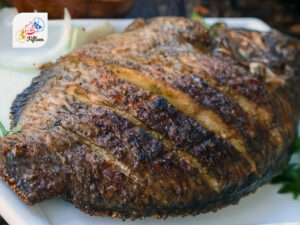
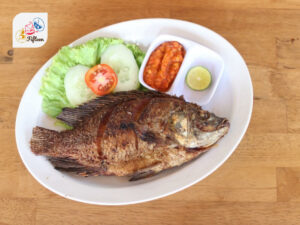
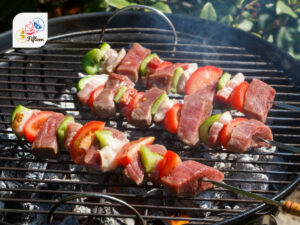
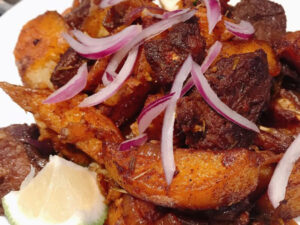
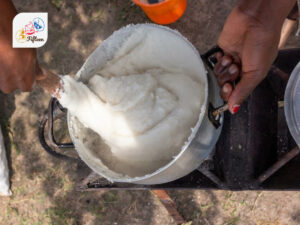
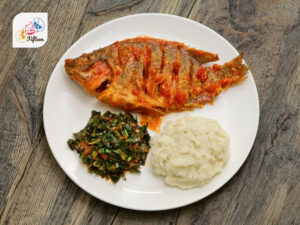
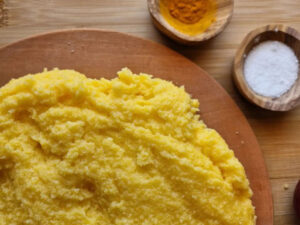
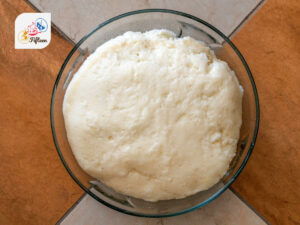
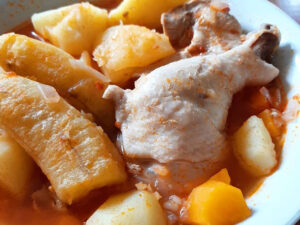
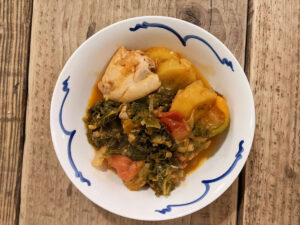
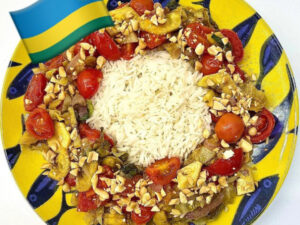
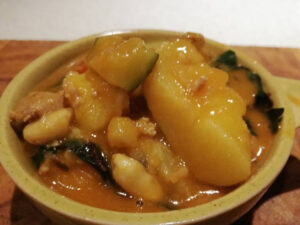
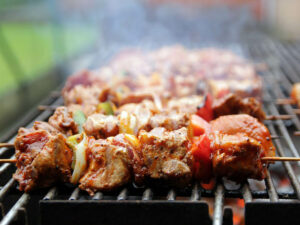
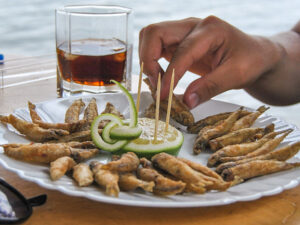
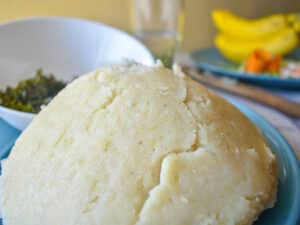
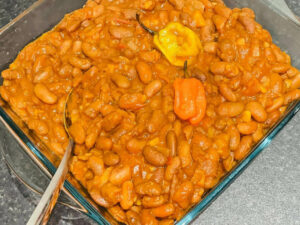
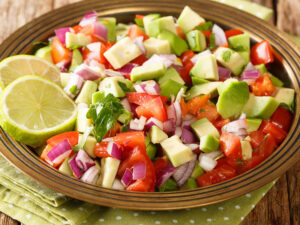
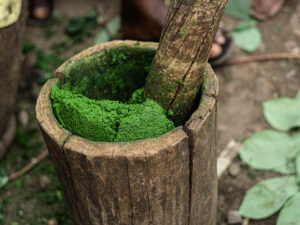
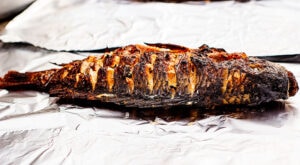
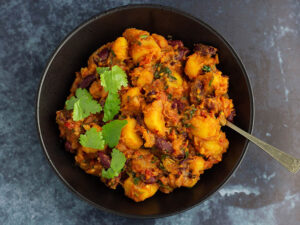

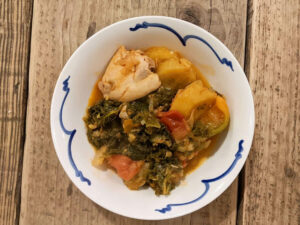
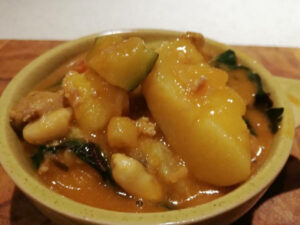
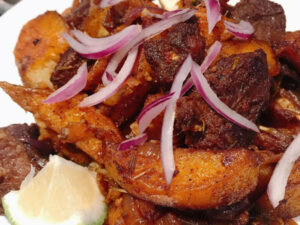
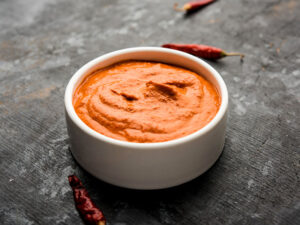
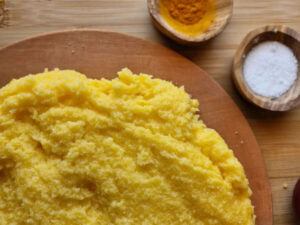
Jamie Scott
Editor in Chief, Senior Content Writer
Expertise
Home Cooking, Meal Planning, Recipe Development, Baking and Pastry, Food Editor, Cooking-video Maker, Western Food Evaluation Expert
Education
Le Cordon Bleu College of Culinary Arts
Local Community College, New York, NY
Jamie Scott is a skilled culinary expert and content creator specializing in Western cuisine. With over 15 years in the culinary field and formal training from Le Cordon Bleu, Paris, Jamie deeply understands how to blend nutrition with delicious flavors. His passion for cooking matches his commitment to making healthy eating accessible and enjoyable.
On Fifteen.net, Jamie brings a fresh perspective to classic dishes and beverages, offering readers insightful recipes, cooking tips, and a fresh view on meal planning that emphasizes taste, health, and simplicity.